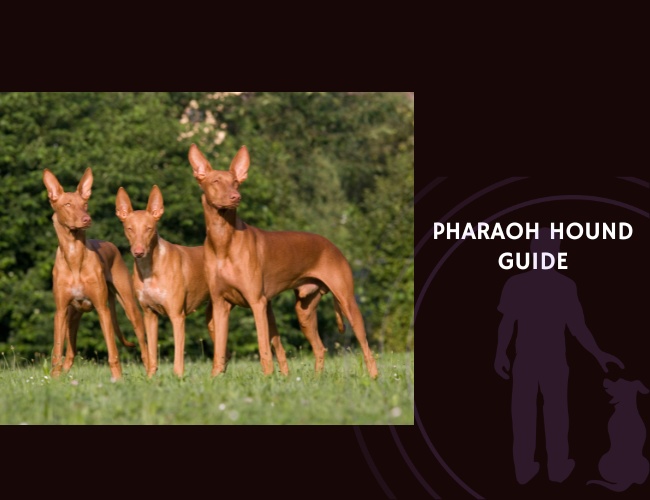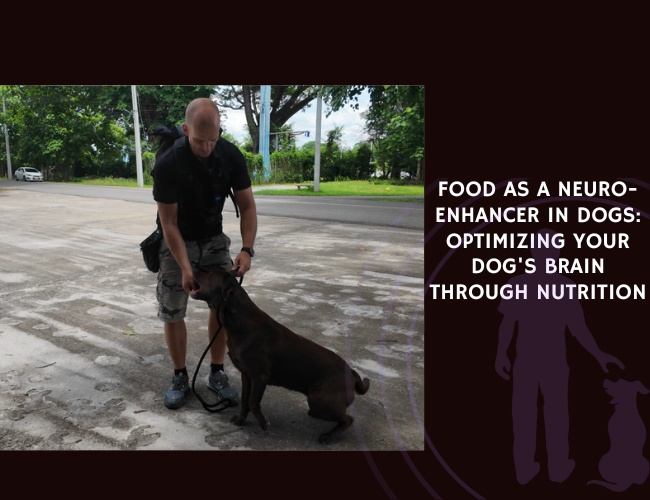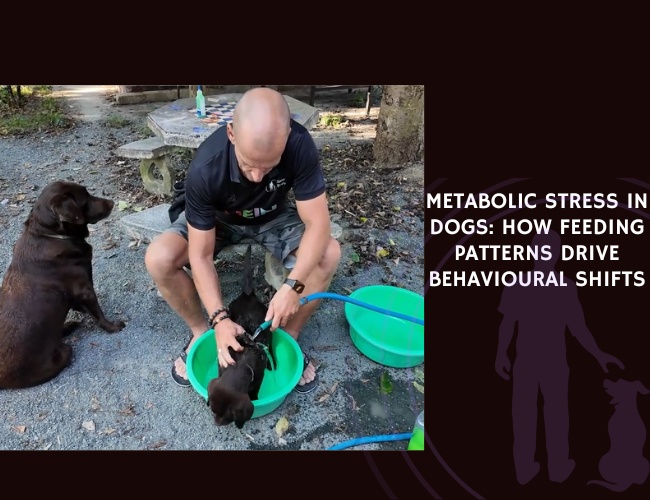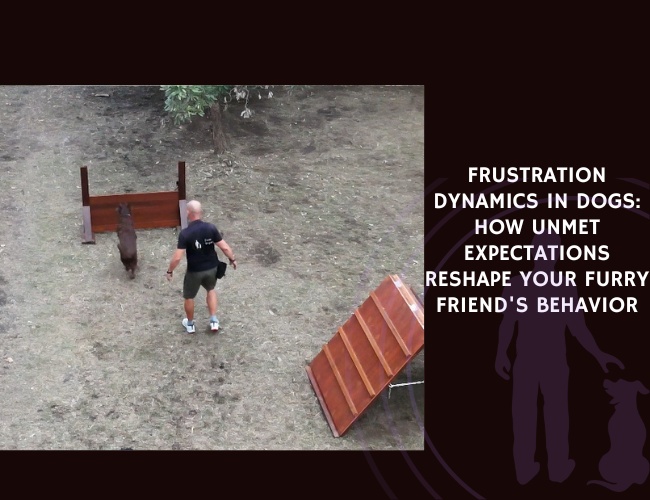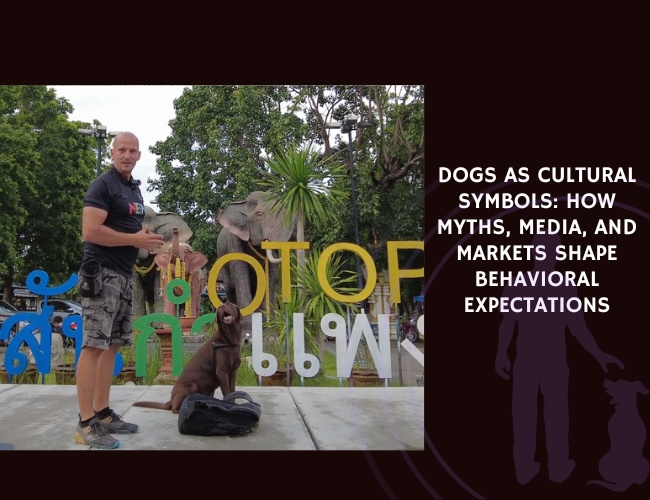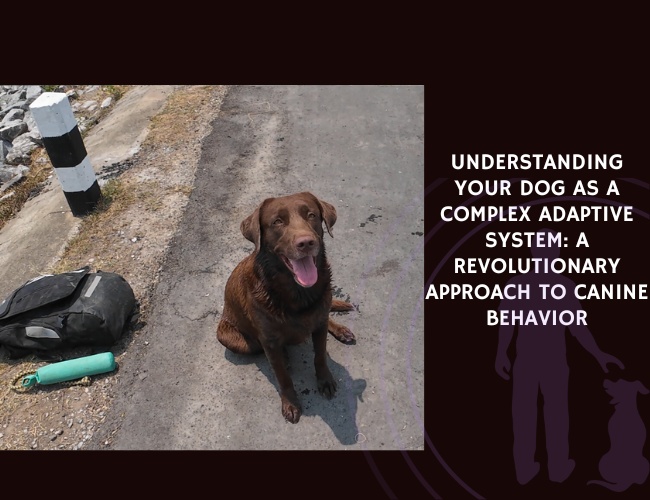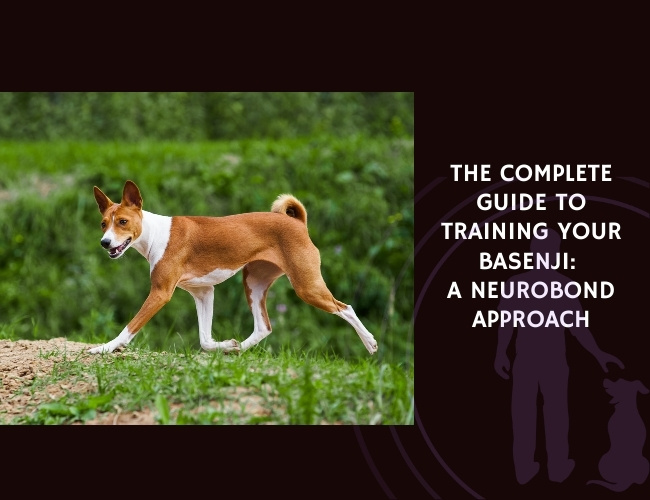Introduction
When ancient Egyptian nobility sought companions worthy of their status, they turned to a breed that embodied both grace and function—the Pharaoh Hound. This remarkable sighthound, with its distinctive amber eyes and noble bearing, carries within its DNA a story spanning over 5,000 years. Today, we invite you to discover why this “blushing dog of Malta” continues to captivate hearts with its unique blend of athletic prowess and emotional sensitivity.
The Pharaoh Hound stands as a living testament to the enduring bond between humans and dogs. Their elegant silhouette, captured in ancient tomb paintings and artifacts, reveals a breed that has remained remarkably unchanged through millennia. Yet beneath that regal exterior lies a surprisingly playful spirit—one that grins, blushes, and forms deeply emotional connections with their human families. Let us guide you through understanding this extraordinary breed, from their complex behavioral patterns to their specific care needs, so you can determine if this ancient companion might be your perfect modern-day match.
Character & Behaviour
Understanding Your Pharaoh Hound’s Emotional World
The Pharaoh Hound possesses an emotional depth that sets them apart from many other breeds. Their anterior cingulate cortex—the brain region responsible for emotional processing—shows heightened activity, creating what researchers describe as “emotional sensitivity.” This means your Pharaoh Hound doesn’t just live alongside you; they actively tune into your emotional states, often mirroring your moods with remarkable accuracy.
Signs of emotional attunement in your Pharaoh Hound:
- Physical proximity seeking during times of stress
- Behavioral changes that mirror household emotional climates
- The famous “Pharaoh blush”—ears and nose turning pink when excited or happy
- Subtle body language shifts in response to human facial expressions
This emotional sensitivity creates a uniquely rewarding relationship, but it also means these dogs require emotionally stable environments. Household tension, loud arguments, or chronic stress can manifest in your Pharaoh Hound as anxiety, digestive issues, or behavioral changes. Creating a calm, predictable home environment isn’t just beneficial—it’s essential for their wellbeing. 🧡
Prey Drive and Environmental Reactivity
As sighthounds, Pharaoh Hounds possess what behaviorists call “high visual prey drive with rapid response activation.” Their eyes can detect movement at distances exceeding 500 yards, and their bodies are hardwired to chase. This isn’t a behavioral flaw—it’s the very essence of what made them successful hunters for thousands of years.
Managing prey drive in modern settings:
- Always use a secure leash in unfenced areas (their recall can vanish in pursuit mode)
- Create controlled chase opportunities through lure coursing or flirt poles
- Understand that small, fast-moving objects (including small pets) may trigger instinctual responses
- Train “look at me” commands starting from puppyhood to redirect visual fixation
You might notice your Pharaoh Hound suddenly freezing mid-walk, body rigid, gaze locked on something you can barely see. This “pointing” behavior precedes the chase sequence and offers a crucial intervention window. Learning to read these pre-chase signals helps you redirect their attention before their primitive brain takes over. Remember, fighting against 5,000 years of selective breeding is futile—instead, work with their instincts by providing appropriate outlets.
Social Dynamics and Pack Mentality
While Pharaoh Hounds don’t display the same pack dynamics as their wolf ancestors, they do maintain sophisticated social hierarchies. In multi-dog households, you’ll observe a fluid social structure based on resource value rather than rigid dominance. Your Pharaoh Hound might defer to another dog over food but assert themselves during play or territory disputes.
Creating harmony in multi-pet households:
- Introduce new pets gradually, respecting the Pharaoh Hound’s initial reserve
- Provide separate feeding stations to prevent resource guarding
- Monitor play sessions—their play style can be intense and overwhelming for smaller dogs
- Respect their need for personal space and solo time
With humans, Pharaoh Hounds typically bond intensely with one or two family members while remaining politely affectionate with others. This selective bonding isn’t aloofness—it’s their way of forming meaningful, deep connections. Children who respect their boundaries often become cherished companions, but supervision remains essential due to the breed’s sensitivity to sudden movements and loud noises.
Communication Patterns and Vocal Expression
The Pharaoh Hound’s communication repertoire extends far beyond typical barking. These dogs employ a complex system of vocalizations, each with distinct meanings and emotional contexts. Understanding their “vocabulary” deepens your connection and helps you respond appropriately to their needs.
The Pharaoh Hound vocal dictionary:
- The yodel-bark: High-pitched, musical sound indicating excitement or greeting
- The “roo-roo”: Conversational vocalization, often in response to human speech
- The whine-talk: Soft, modulated sounds expressing specific desires or mild frustration
- The alert bark: Sharp, staccato barks signaling potential threats
- The contentment hum: Nearly silent vibration felt when cuddling
Perhaps most endearing is their tendency to “talk back” during conversations. Many owners report feeling like they’re having genuine dialogues with their dogs. This vocal engagement strengthens bonds but can become excessive without proper boundaries. Teaching “quiet” commands while still allowing appropriate vocalization maintains healthy communication patterns. 🐾
Stress Responses and Recovery Patterns
Pharaoh Hounds exhibit what researchers term “high sensory processing sensitivity.” Their thin skin and minimal body fat create heightened tactile awareness, while their large, mobile ears capture an expanded range of sounds. This sensory acuity, while advantageous for hunting, can create challenges in modern environments.
Common stress triggers and management strategies:
- Loud noises: Gradual desensitization using recorded sounds at low volumes
- Temperature extremes: Provide climate-controlled spaces and appropriate clothing
- Crowded environments: Build confidence through controlled exposure
- Separation: Develop independence through graduated alone-time training
- Novel situations: Use familiar objects and scents to create comfort anchors
Recovery from stress typically follows a predictable pattern: initial freeze response, followed by seeking familiar humans or spaces, then gradual return to baseline behavior. Supporting this natural recovery process—rather than forcing immediate “normalcy”—helps build resilience over time.
Training & Education
Working with Independent Intelligence
The Pharaoh Hound’s intelligence manifests differently than in traditional “obedience” breeds. Think of them as creative problem-solvers rather than eager-to-please followers. This independent thinking served them well when hunting autonomously, but it requires adjusted training approaches for modern life.
Your Pharaoh Hound processes commands through a filter of “What’s in it for me?” and “Does this make sense?” This isn’t stubbornness—it’s intelligent assessment. They excel when training feels like collaborative problem-solving rather than rote obedience. Incorporating their natural behaviors into training creates willing partners rather than reluctant participants.
Effective training principles:
- Keep sessions short (10-15 minutes) to maintain engagement
- Vary rewards between food, play, and affection to prevent predictability
- Allow them to offer behaviors rather than forcing compliance
- Celebrate creative problem-solving, even when it wasn’t what you intended
- Build training into daily life rather than formal sessions
You might notice your Pharaoh Hound learning house rules quickly but selectively “forgetting” them when distracted. This selective compliance reflects their cost-benefit analysis approach to behavior. Making desired behaviors consistently rewarding ensures better long-term compliance than punishment-based methods, which can damage their sensitive temperament.
Recall Training and Distance Management
Teaching reliable recall to a sighthound presents unique challenges. Once their chase instinct activates, their brain essentially shuts down higher-level thinking in favor of primitive pursuit patterns. Success requires building recall habits so strong they can compete with instinctual drives.
Building bombproof recall:
- Start indoors: Practice in hallways where running away isn’t an option
- Use highest-value rewards: Find what your dog values above all else
- Practice “proximity games”: Reward voluntary check-ins during walks
- Emergency recall word: Train a special word used only for true emergencies
- Never punish returns: Coming back should always result in positive outcomes
Long-line training provides a crucial bridge between leashed walks and off-leash freedom. Using 30-50 foot lines in secure areas allows practice while maintaining safety. Remember, even the best-trained Pharaoh Hound may choose chase over recall when prey drive activates. Accepting this limitation and working within it prevents frustration for both of you.

Socialization Windows and Environmental Imprinting
The Pharaoh Hound’s socialization needs extend beyond typical puppy exposure. Their sensitive nature means early experiences create lasting impressions—both positive and negative. The critical socialization window (3-14 weeks) requires careful balance between exposure and overwhelming their developing nervous systems.
Age-appropriate socialization milestones:
- 3-6 weeks: Gentle handling, household sounds, littermate play
- 6-9 weeks: Introduction to various surfaces, meeting calm adult dogs
- 9-12 weeks: Controlled exposure to different environments, positive stranger interactions
- 12-16 weeks: Building confidence with novel experiences, beginning training classes
- 4-6 months: Reinforcing positive associations, managing fear periods
Adult Pharaoh Hounds can still learn new social skills, but the process requires more patience. Their natural reserve with strangers isn’t shyness—it’s discernment. Forcing interactions damages trust, while allowing them to approach at their own pace builds confidence. Many well-socialized Pharaoh Hounds remain selectively social throughout life, warming slowly but forming deep connections with chosen individuals.
Positive Reinforcement and Emotional Stability
Research on stress hormones in dogs reveals that punishment-based training elevates cortisol levels for extended periods. For sensitive breeds like Pharaoh Hounds, this chronic stress impairs learning and damages the human-dog bond. Positive reinforcement methods work by activating reward pathways in the brain, creating eager learners rather than anxious compliers.
Creating positive training experiences:
- Mark desired behaviors instantly with verbal markers or clickers
- Vary reward types to maintain interest and motivation
- End sessions on successful notes to build positive associations
- Use environmental rewards (sniffing, running) as training motivators
- Incorporate play into learning for increased engagement
When mistakes happen—and they will—redirect rather than correct. A Pharaoh Hound who jumps on guests learns better from being taught an incompatible behavior (sitting for greetings) than from being punished for jumping. This approach maintains their emotional stability while achieving behavioral goals.
Cognitive Enrichment and Mental Stimulation
The Pharaoh Hound’s hunting heritage created a brain that thrives on problem-solving. Without adequate mental stimulation, these intelligent dogs may create their own “enrichment” through destructive behaviors or excessive vocalization. Providing appropriate cognitive challenges channels their intelligence constructively.
Brain games for hunting hounds:
- Scent work: Hide treats or toys for finding games
- Puzzle feeders: Make mealtimes mentally engaging
- Training tricks: Teach complex behaviors that build on each other
- Interactive toys: Rotate toys to maintain novelty
- “Hunting” games: Create safe ways to stalk and “catch” appropriate items
Environmental enrichment extends beyond toys. Varying walking routes, allowing sniffing time, and creating visual interest through bird feeders or fish tanks provides passive stimulation. Many Pharaoh Hounds enjoy watching “dog TV”—videos designed for canine viewing—especially when alone. This multi-sensory approach to enrichment satisfies their complex cognitive needs while preventing boredom-based problems. 🧡
Performance & Activities
Athletic Capabilities and Exercise Requirements
The Pharaoh Hound’s body represents thousands of years of refinement for speed and agility. With their deep chest accommodating large lung capacity and their flexible spine allowing for maximum stride extension, these dogs can reach speeds of up to 35 mph. Understanding their athletic needs helps you provide appropriate exercise outlets.
Daily exercise guidelines by age:
- Puppies (2-6 months): Multiple short play sessions, avoid repetitive jumping
- Adolescents (6-18 months): Gradually increase duration, introduce varied activities
- Adults (18 months-7 years): 60-90 minutes combining walks and high-intensity play
- Seniors (7+ years): Adjust based on individual health, maintain gentle activity
Your Pharaoh Hound’s exercise needs fluctuate with weather, as their thin coat provides minimal insulation. Summer mornings and evenings offer ideal conditions, while winter may require protective clothing and shorter sessions. Indoor alternatives like hide-and-seek or stair climbing help maintain fitness during extreme weather.
Lure Coursing and Sighthound Sports
Lure coursing offers Pharaoh Hounds the closest approximation to their ancestral hunting experience. Watching your dog pursue the mechanical lure reveals their true nature—the intensity, speed, and joy of the chase activate deep genetic satisfaction. Many owners report behavior improvements after introducing this sport.
Getting started with lure coursing:
- Find local sighthound clubs offering practice runs
- Ensure your dog is physically mature (typically 12-18 months)
- Start with straight runs before introducing turns
- Monitor for overheating—enthusiasm can override self-preservation
- Allow adequate cool-down time post-run
Other sighthound-friendly activities include Fast CAT (straight-line sprints), agility adapted for sensitive dogs, and barn hunt trials. These sports provide physical outlets while strengthening your bond through shared activities. The community aspect also offers socialization opportunities with like-minded owners who understand sighthound quirks.
Mental Performance and Scent Work
While bred for sight hunting, Pharaoh Hounds possess capable noses that benefit from scent work training. This activity engages different brain regions than visual pursuits, providing balanced mental stimulation. Starting with simple “find it” games can evolve into competitive nose work trials.
Building scent work skills:
- Begin with favorite treats in easy hiding spots
- Gradually increase difficulty and introduce specific scents
- Practice in various environments to generalize skills
- Keep sessions positive—frustration impairs scent processing
- Celebrate all efforts, not just successful finds
The focused concentration required for scent work often calms anxious dogs. Many Pharaoh Hounds who struggle with traditional obedience excel at nose work, finding confidence through success. This activity also provides excellent rainy-day exercise, requiring minimal space while delivering maximum mental fatigue.
Ancient. Alert. Attuned.
Pharaoh Hounds don’t obey—they observe.
They assess before they act, weighing every cue against instinct and environment. Training them means earning their focus, not demanding submission.
Their silence speaks volumes.
Whether blushing, freezing, or vocalizing in song-like tones, their signals are never random. Reading these ancient expressions is the key to connection.
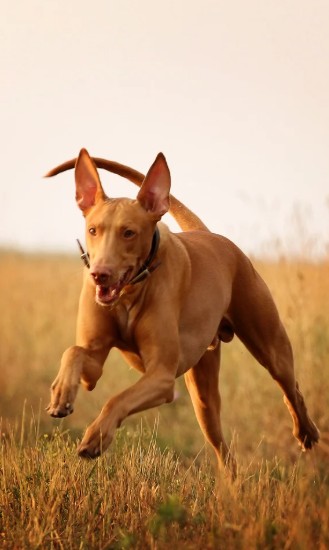
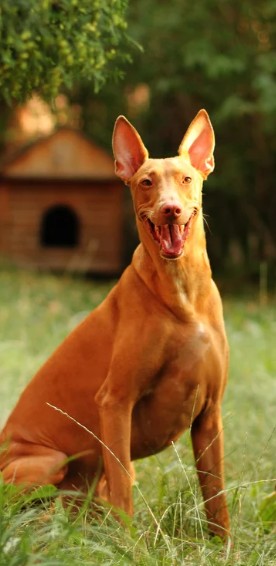
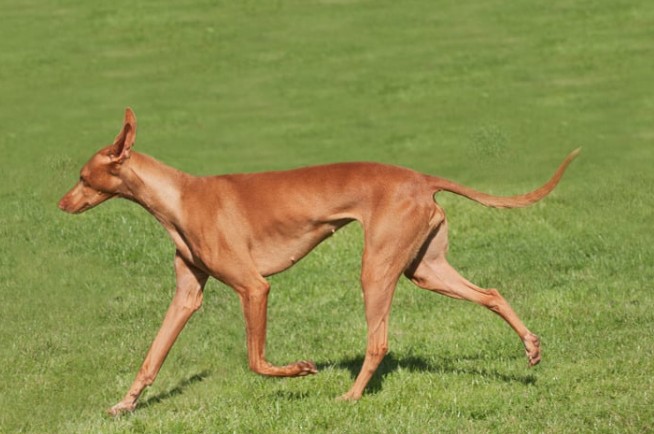
Connection isn’t taught—it’s felt.
They won’t follow out of habit, only out of trust. Build that bond, and you won’t just guide them—you’ll walk beside a legend.
Nutritional Recommendations
Metabolic Considerations and Caloric Needs
The Pharaoh Hound’s lean physique and high metabolism create specific nutritional requirements. Their bodies operate like finely tuned sports cars—requiring premium fuel for optimal performance. With minimal fat reserves, these dogs can’t afford nutritional imbalances or extended fasting periods.
Calculating caloric needs:
- Base requirement: 30 calories per pound of ideal body weight
- Active dogs: Increase by 20-40% based on exercise level
- Temperature adjustment: Add 10-25% during cold weather
- Growth phases: Puppies need 2-3x adult maintenance calories
- Senior adjustments: Reduce by 20% after age 7, monitor body condition
Your Pharaoh Hound’s visible ribs aren’t necessarily underweight—breed standard calls for 2-3 ribs visible at rest. However, hip bones shouldn’t protrude, and you should feel a thin fat layer over the spine. Regular body condition scoring helps maintain optimal weight through life stages.
Protein Requirements and Muscle Maintenance
Sighthounds require higher protein percentages than many breeds due to their muscle mass and activity levels. Quality protein sources support their athletic performance while maintaining the lean muscle that defines their appearance. Look for foods with named meat sources as primary ingredients.
Optimal macronutrient ratios:
- Protein: 28-32% (dry matter basis)
- Fat: 15-20% for adults, up to 25% for highly active dogs
- Carbohydrates: Limited to easily digestible sources
- Fiber: 3-5% for digestive health
Many Pharaoh Hounds thrive on rotation diets, cycling between 2-3 high-quality foods. This approach prevents boredom while potentially reducing food sensitivity development. Introduce new foods gradually over 7-10 days to avoid digestive upset in their sensitive systems.
Managing Food Sensitivities and Digestive Health
The Pharaoh Hound’s sensitive constitution extends to their digestive system. Rapid diet changes, stress, or inappropriate foods can trigger gastric upset. Their deep chest also increases bloat risk, making feeding management crucial for health.
Bloat prevention strategies:
- Feed 2-3 smaller meals rather than one large meal
- Avoid exercise 1 hour before and 2 hours after meals
- Use slow-feed bowls to reduce gulping
- Elevate food bowls to comfortable height
- Monitor for dietary triggers that increase gas
Common sensitivity triggers include chicken, grain glutens, and artificial additives. Novel protein sources like venison, duck, or fish often work well for sensitive individuals. Keeping a food diary helps identify patterns between diet and digestive health, energy levels, or skin conditions.
Supplementation and Special Considerations
While balanced commercial diets meet basic needs, certain supplements can optimize health in active Pharaoh Hounds. Their minimal body fat means they metabolize supplements differently than other breeds, requiring careful dosing.
Beneficial supplements for Pharaoh Hounds:
- Omega-3 fatty acids: Support skin, coat, and joint health
- Glucosamine/chondroitin: Protect joints in athletic dogs
- Probiotics: Maintain digestive health in sensitive systems
- Vitamin E: Antioxidant support for active muscles
- Coconut oil: Provides quick energy and supports skin
Always introduce supplements gradually and monitor for reactions. Some Pharaoh Hounds require specialized diets for health conditions—work with veterinary nutritionists for therapeutic diet formulation. Remember, more isn’t always better with supplements; their efficient metabolism means standard doses may need adjustment. 🐾
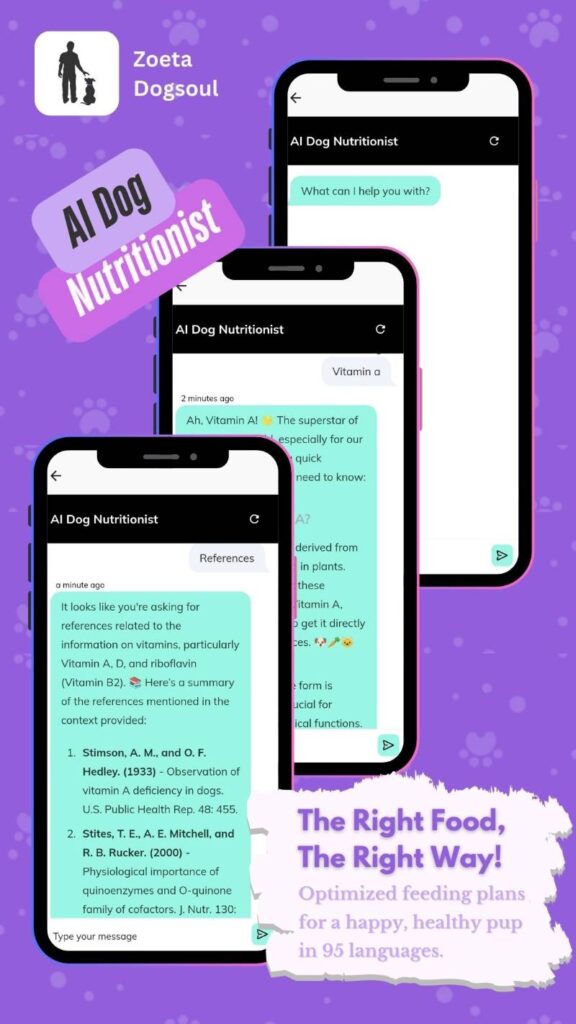
Health Concerns
Genetic Health Profile and Screening
The Pharaoh Hound benefits from a relatively diverse gene pool, contributing to overall breed health. However, like all purebreds, certain conditions appear with enough frequency to warrant screening. Responsible breeders test for known issues, but understanding these conditions helps you provide optimal care.
Recommended health screenings:
- Hip dysplasia evaluation: Though uncommon, screening identifies affected individuals
- Patella luxation check: Ensures proper kneecap alignment
- Eye examination: Annual CERF exams detect progressive conditions
- Thyroid panel: Baseline testing by age 2, periodic monitoring
- Cardiac evaluation: Identifies potential heart issues early
Your Pharaoh Hound’s health records should include all screening results. Many conditions, caught early, respond well to management. Regular veterinary partnerships ensure issues are identified promptly, before they impact quality of life.
Common Health Challenges and Management
While generally healthy, Pharaoh Hounds face certain breed-specific health considerations. Their minimal body fat and thin skin create unique vulnerabilities requiring attentive management. Understanding these predispositions helps you provide preventive care.
Breed-specific health concerns:
- Anesthesia sensitivity: Requires experienced veterinary teams and adjusted protocols
- Environmental allergies: Manifest as skin irritation or digestive upset
- Stress-related conditions: Can trigger autoimmune responses
- Temperature regulation issues: Both heat and cold extremes pose risks
- Minor injuries: Thin skin tears easily, requires prompt attention
Creating a health management plan with your veterinarian addresses these vulnerabilities proactively. Many Pharaoh Hounds live well into their teens with appropriate care. Their longevity often surprises those familiar with other large breeds’ shorter lifespans.
Autoimmune Considerations
Recent research suggests sighthounds may have increased susceptibility to autoimmune conditions. In Pharaoh Hounds, stress appears to trigger or exacerbate these issues. Understanding the connection between emotional health and immune function helps prevent or manage autoimmune conditions.
Signs of autoimmune involvement:
- Recurring skin issues despite treatment
- Digestive problems without clear causes
- Lethargy or exercise intolerance
- Joint pain in young dogs
- Unusual reactions to vaccines or medications
Supporting immune health requires a holistic approach combining appropriate nutrition, stress management, and preventive care. Some Pharaoh Hounds benefit from modified vaccine protocols or titer testing rather than automatic boosters. Discuss individualized health plans with veterinarians familiar with sighthound sensitivities.
Senior Health and Longevity
Pharaoh Hounds often age gracefully, maintaining playfulness well into senior years. Their longevity—typically 12-14 years—means planning for extended senior care. Age-related changes occur gradually, allowing time for management adjustments.
Supporting senior Pharaoh Hounds:
- Joint support: Supplements, massage, and appropriate exercise
- Dental health: Regular cleanings prevent systemic infections
- Cognitive function: Mental stimulation maintains sharpness
- Comfort measures: Orthopedic bedding, ramps for height access
- Adjusted nutrition: Senior formulas supporting changing needs
Many senior Pharaoh Hounds develop cataracts or hearing loss without significant lifestyle impact. Their adaptability and strong human bonds help them navigate aging challenges. Maintaining routines while accommodating physical changes supports their emotional wellbeing through senior years. 🧡
Lifestyle & Environment
Space Requirements and Living Arrangements
Despite their athletic abilities, Pharaoh Hounds adapt surprisingly well to various living situations. Their exercise needs are intense but time-limited—a tired Pharaoh Hound becomes a couch ornament. Understanding their space usage patterns helps create suitable environments.
Indoor space considerations:
- Needs comfortable resting spots away from high traffic
- Appreciates elevated surfaces for observing household activity
- Requires draft-free areas due to minimal coat
- Benefits from access to sunny spots for warmth
- Needs secure storage for possessions (they can be collectors)
Apartment living works for committed owners providing adequate exercise. However, their vocal nature may challenge neighbor relationships. Establishing quiet times and managing triggers reduces excessive vocalization. Many urban Pharaoh Hounds thrive with structured routines compensating for limited space.
Climate Adaptations and Seasonal Care
The Pharaoh Hound’s desert heritage didn’t prepare them for climate extremes. Their thin coat and minimal body fat make temperature regulation challenging. Success in various climates requires proactive management and appropriate gear.
Seasonal care requirements:
- Summer: Exercise during cool hours, provide cooling mats, never leave in vehicles
- Winter: Invest in quality coats, protect feet from salt, limit exposure time
- Rainy seasons: Waterproof gear prevents the “wet dog misery”
- Transitional weather: Monitor for temperature stress signs
Many Pharaoh Hounds develop strong weather preferences, refusing walks in rain or snow. Respecting these preferences while maintaining exercise needs requires creativity. Indoor training, puzzle games, and social visits help during weather-restricted periods.
Urban vs. Rural Considerations
Each environment offers unique advantages and challenges for Pharaoh Hound ownership. Urban settings provide socialization opportunities but require vigilant leash management. Rural environments offer space but present wildlife encounters triggering prey drive.
- Identify quiet walking routes avoiding overwhelming stimuli
- Locate secure off-leash areas for running needs
- Build positive associations with city sounds/sights
- Create calm home sanctuaries balancing urban energy
- Connect with urban sighthound communities for support
Rural considerations:
- Ensure property fencing withstands 6-foot jumping ability
- Monitor for wildlife preventing off-leash freedom
- Provide social opportunities preventing isolation
- Maintain vigilance for environmental hazards
- Balance freedom with safety requirements
Family Integration and Social Dynamics
Children and Pharaoh Hounds
The Pharaoh Hound’s relationship with children depends largely on early experiences and individual temperament. Their sensitivity makes them excellent companions for gentle, respectful children but challenging matches for chaotic households. Setting everyone up for success requires preparation and ongoing management.
Creating positive child-dog relationships:
- Teach children to respect dog body language
- Supervise all interactions, especially during adjustment periods
- Provide dog-free zones for retreat when overwhelmed
- Involve children age-appropriately in care routines
- Model calm, respectful interaction styles
Many Pharaoh Hounds form deep bonds with “their” children, becoming gentle guardians. However, visiting children may not receive the same tolerance. Their herding instincts might activate with running children, requiring redirection. Teaching children to engage through training or quiet activities builds positive associations.
Multi-Pet Households
Introducing Pharaoh Hounds to existing pets requires understanding their prey drive and social preferences. While many coexist peacefully with other dogs, cats and small pets present greater challenges. Individual personalities ultimately determine compatibility.
Successful multi-pet strategies:
- Introduce gradually using barrier methods initially
- Never leave unsupervised with small pets
- Respect resource guarding tendencies
- Provide separate feeding/resting areas
- Monitor play styles for compatibility
Some Pharaoh Hounds never achieve reliable small animal safety. Accepting these limitations prevents tragedies. Others surprise owners by befriending cats or ignoring rabbits entirely. Testing reactions in controlled settings before committing helps ensure household harmony.
Senior Care
Aging Gracefully with Your Pharaoh Hound
The transition into senior years often occurs subtly in Pharaoh Hounds. Their stoic nature may mask discomfort, making observant ownership crucial. Regular assessment helps identify age-related changes requiring intervention.
Monitoring senior health markers:
- Weight stability (neither gain nor excessive loss)
- Mobility changes (stiffness, reluctance to jump)
- Behavioral shifts (confusion, anxiety, sleep changes)
- Sensory decline (vision/hearing loss)
- Energy levels and recovery time
Creating senior-friendly environments supports continued quality of life. Non-slip surfaces prevent falls, while maintaining familiar routines reduces anxiety. Many senior Pharaoh Hounds benefit from heated beds addressing their increased cold sensitivity.
Cognitive Health and Enrichment
Mental stimulation remains crucial throughout life, but senior enrichment requires adaptation. Complex tasks frustrate dogs experiencing cognitive decline, while appropriate challenges maintain mental fitness. Observing your dog’s engagement levels guides activity selection.
Senior-appropriate mental stimulation:
- Simplified versions of favorite games
- Sniff-based activities over visual challenges
- Short training sessions reviewing known behaviors
- Gentle novel experiences maintaining interest
- Social interactions with familiar friends
Canine cognitive dysfunction affects some senior Pharaoh Hounds. Early signs include disorientation, changed sleep patterns, or house training lapses. Veterinary intervention combined with environmental management can slow progression. Maintaining patience and celebrating small successes supports both dog and owner through these changes.
End of Life Considerations
The Pharaoh Hound’s deep emotional bonds make end-of-life decisions particularly challenging. Their quality of life often remains good until quite late, making timing difficult. Understanding their subtle communication helps recognize when support is needed.
Quality of life indicators:
- Interest in favorite activities
- Appetite and eating enjoyment
- Mobility without significant pain
- Recognition of family members
- More good days than bad
Many Pharaoh Hounds clearly communicate readiness through behavior changes or direct eye contact. Trusting this communication honors your relationship. Planning farewell rituals celebrating their life helps process grief. The intensity of bonds formed means grieving may be profound—seek support when needed. 🧡
Conclusion: Is the Pharaoh Hound Right for You?
As we reach the end of our comprehensive journey through the world of Pharaoh Hounds, you now understand that this ancient breed offers far more than their striking appearance suggests. These sensitive, intelligent, and deeply loyal companions require owners who appreciate their unique blend of independence and devotion, athleticism and affection.
The ideal Pharaoh Hound owner:
- Values emotional connection over blind obedience
- Provides consistent exercise outlets respecting their sighthound nature
- Creates stable, calm home environments
- Accepts their selective social nature
- Commits to positive, patient training methods
- Understands and manages prey drive safely
- Appreciates their vocal communication style
If you’re seeking a dog who will shadow your every move or excel at repetitive obedience tasks, the Pharaoh Hound may frustrate you. But if you’re drawn to a thinking partner who engages with life on their own terms while forming profound bonds with chosen humans, this breed offers incomparable rewards.
Living with a Pharaoh Hound means sharing your life with a piece of living history. Their ancient gaze holds wisdom accumulated over millennia, yet their playful antics remind us that joy transcends time. Whether they’re blazing across a lure coursing field or curled against you on the couch, these remarkable dogs bring intensity and purpose to every moment.
The journey with a Pharaoh Hound isn’t always easy—their sensitivity requires thoughtful management, their independence challenges traditional training approaches, and their exercise needs demand commitment. Yet those who embrace these challenges discover a relationship unlike any other. In return for your understanding and respect, the Pharaoh Hound offers unwavering loyalty, endless entertainment, and a window into the timeless bond between human and hound.
As you consider whether this noble breed belongs in your future, remember that the best dog-owner matches occur when expectations align with reality. The Pharaoh Hound’s reality includes both challenges and incomparable rewards. For the right owner, they represent not just a pet, but a profound interspecies friendship that enriches life in ways you never imagined possible. 🐾

